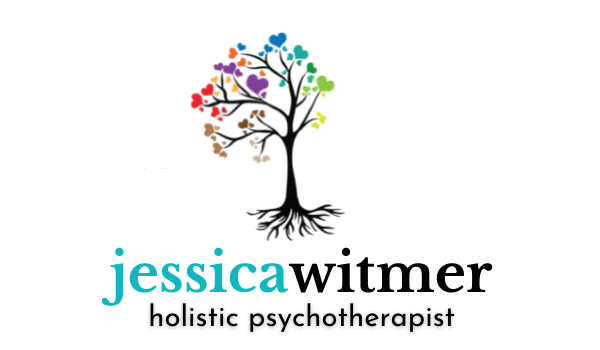Using EMDR to Recover after a Car Accident
EMDR therapy typically follows eight structured phases, but the heart of the treatment involves guiding clients through distressing memories while they engage in bilateral stimulation—usually side-to-side eye movements, tapping, or sounds.
1. Targeting the Stuck Memory
Traumatic experiences are often "frozen" in the brain in raw, unprocessed form. EMDR helps access and reprocess the worst parts of the memory—such as the moment of impact, sounds of screeching tires, or a feeling of helplessness.
2. Processing Emotional and Physical Responses
Bilateral stimulation helps calm the nervous system and allows the memory to shift into long-term, emotionally neutral storage. Many clients report that, after EMDR, the memory remains, but the distress no longer overwhelms them.
3. Replacing Negative Beliefs
Many people carry false or damaging beliefs after trauma, like "I should have seen it coming" or "I'm not safe anymore." EMDR helps replace these with more adaptive thoughts like "I did the best I could" or "I’m safe now."
4. Building Future Resilience
In later stages of treatment, EMDR can prepare clients for future triggers—such as driving past the accident site or getting back on the highway—so they feel confident and in control.
How Effective Is EMDR for Car Accident Trauma?
Numerous studies have found EMDR to be highly effective for treating trauma, including single-incident events like car accidents. It is especially helpful in reducing post-traumatic stress symptoms, anxiety, and distress in fewer sessions than traditional therapy.
A 2018 meta-analysis published in Frontiers in Psychology found that EMDR is as effective as cognitive behavioral therapy (CBT), with faster symptom relief for many clients (Khan et al., 2018).
Participants who received EMDR therapy showed a significant reduction in PTSD symptoms after just six sessions (Ironside, et. al. 2002).
What to Expect in EMDR Treatment
Your EMDR therapist will guide you through:
A thorough intake to understand your experience and symptoms
Identifying specific memories or triggers
Processing those memories with bilateral stimulation
Evaluating shifts in emotional responses and beliefs
Preparing you for future challenges (like driving again)
Sessions typically last 60–90 minutes and can be adjusted based on your needs. EMDR is non-invasive, medication-free, and doesn’t require you to relive the trauma in detail, making it well-tolerated even by those reluctant to talk about their experience.
You Don’t Have to Relive the Trauma Forever
Surviving a car accident can shake your sense of control, safety, and trust in the world. But trauma doesn’t have to define your future. EMDR offers a powerful path toward healing—one that helps your brain let go of what happened, so you can drive forward in life without fear holding the wheel.
If you or someone you love is struggling with the emotional aftermath of a car accident, consider working with a licensed EMDR therapist. Healing doesn’t happen overnight—but with the right support, it is absolutely possible.
References
Shapiro, F. (2017). Eye Movement Desensitization and Reprocessing (EMDR) Therapy: Basic Principles, Protocols, and Procedures.
Van der Kolk, B. (2014). The Body Keeps the Score: Brain, Mind, and Body in the Healing of Trauma.
Khan, A., Plummer, J., & Debra, S. (2018). Meta-analysis on the effectiveness of EMDR for PTSD. Frontiers in Psychology. https://www.frontiersin.org/articles/10.3389/fpsyg.2018.02394/full
Ironson, G. et al. (2002). Comparison of Two Treatments for Traumatic Stress: A Community-Based Study of EMDR and Prolonged Exposure. Journal of Clinical Psychology. https://doi.org/10.1023/A:1015803815481
